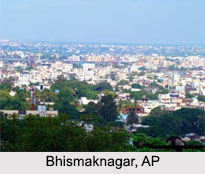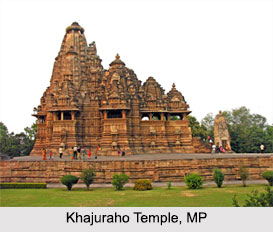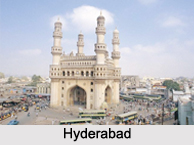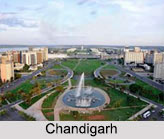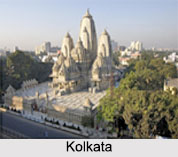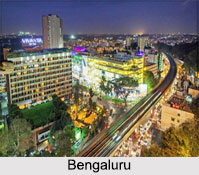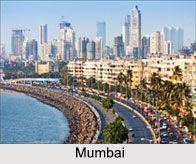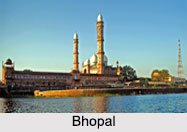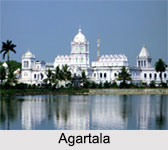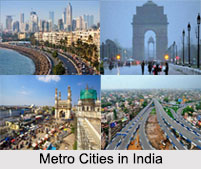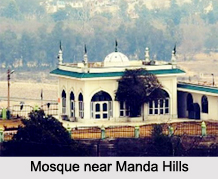 Manda is a town and the notified area in Jammu of Jammu District of Jammu and Kashmir. Manda was considered as a site established to procure wood from Himalayan Sub hills and send downriver to other towns of Indus Valley Civilization in early era. This site is situated at foothills of Himalayan Mountain Range.
Manda is a town and the notified area in Jammu of Jammu District of Jammu and Kashmir. Manda was considered as a site established to procure wood from Himalayan Sub hills and send downriver to other towns of Indus Valley Civilization in early era. This site is situated at foothills of Himalayan Mountain Range.
Location of Manda
Manda is located on the right bank of Chenab River in the foothills of Pir Panjal Range. It is about 28 km northwest of Jammu in Jammu District of Jammu and Kashmir. Manda is considered as northern most limit of Indus Valley or Harappan Civilization.
Importance of Manda
Manda is considered to be the most northern site belonging to the Indus Valley Civilization. It was excavated by Archaeological Survey of India during 1976-77 by J. P. Joshi.
Excavation of Manda
The excavation at Manda revealed a 9.20 meters deposit with threefold sequence with two sub periods in Period I. Period II has early historical pottery of types comparable with those of same period from Northern part of India and period III is represented by Kushan antiquities and house walls with 3 m wide street. After the decline of Kushana Empire, the Manda seems to have been deserted till the modern age.
Artifacts found from Archaeological Site of Manda
The artifacts found from archaeological site of Manda are the Pre Harappan Red wares. The Harappan Red ware including Jars, dishes, dishes-on-stand, beakers, goblets etc. and Copper double spiral headed spin (having west Asian affinity), tangled bone arrow-heads, terracotta bangles, cakes, chert blade etc. The significant findings include potsheds bearing incised Harappan Script and one unfinished seal. Due to restricted nature of dig undertaken, no specific structures could be exposed, except a collapsed rubble wall like structure.
Related Articles
Cities of Jammu and Kashmir
Jammu and Kashmir
Jammu District
Indus Valley Civilisation
Harappa Town Planning
Kushana Empire
Archaeology of India
